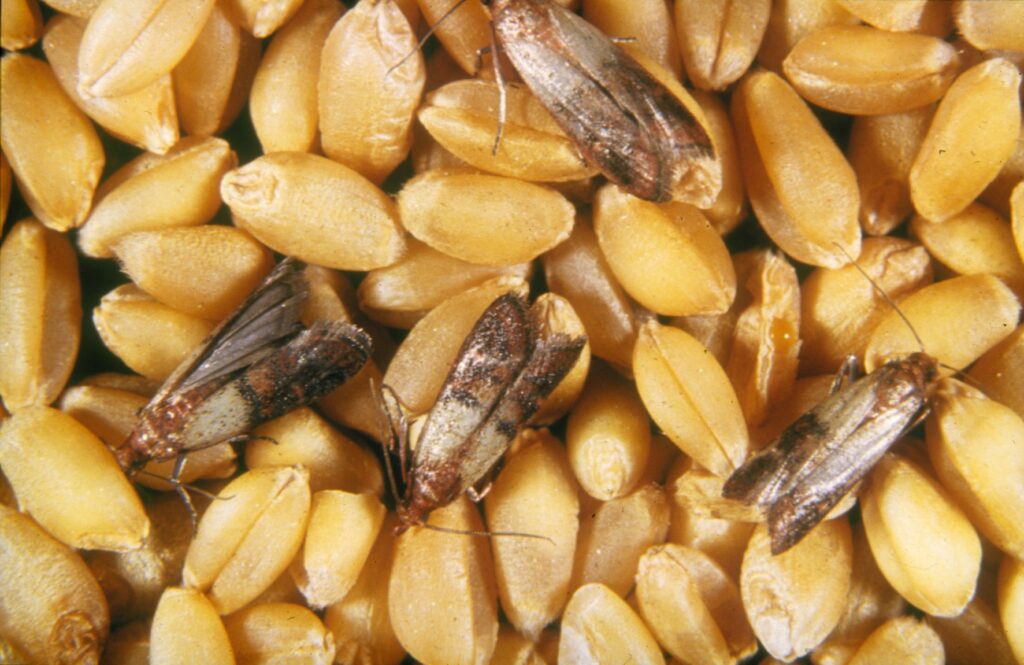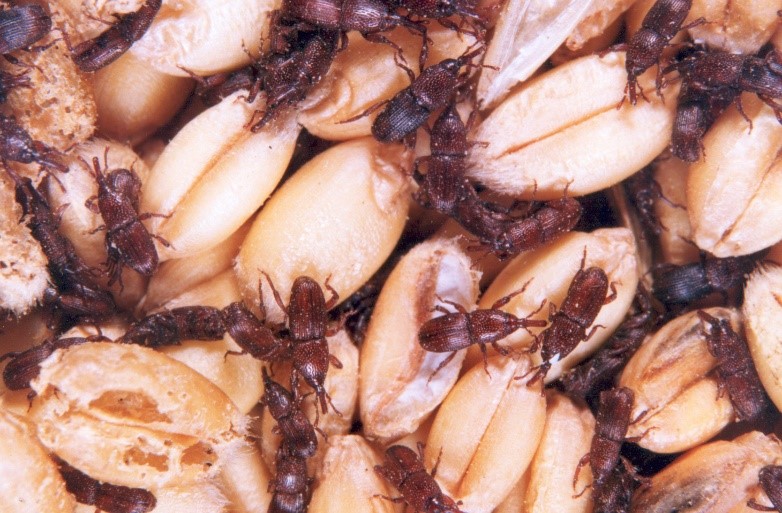The presence of pests usually is an indicator of the lack of hygiene in a place. This is especially true if one is talking about places like restaurants, diners, etc.
It is of utmost importance that restaurants, diners, and eateries maintain the mandated level of hygiene. Otherwise, pest infestations are bound to occur. Rats and cockroaches, along with flies, are the first pests to enter unhygienic places. Pantries and storage rooms in restaurants have a lot of food in reserve. The easy availability of food and water makes them very accustomed to the place. They start living and breeding there and before anyone even notices, there is a severe pest infestation in the place.

The presence of pests like rats and cockroaches could mean the definite end of restaurants and diners. Apart from the damage they cause to properties around them, the plethora of germs that they carry makes them extremely dangerous to have anywhere near food and edibles. Rodents are associated with a number of health risks; these diseases can be spread to humans directly or indirectly through contact with rodent faeces, urine, saliva, rodent bites or fleas. They are also a potential source of allergens. Their droppings and shed hair can cause people to sneeze and experience other allergic reactions.

Mice and rats chew on the insulation around wires and this causes fire hazards due to the open wires. Mice build their nests in large electrical appliances, again chewing on or through insulation and wiring, which can cause the appliance to short circuit, or lead to the risk of fire.
Southsea’s Istanbul Restaurant closed in ‘hygiene emergency’ order after inspectors find rat burrows, fish in a sink and ‘filthy’ conditions
TWO rat burrows were found at a restaurant now forced into an emergency closure over an ‘imminent risk’ to diners’ health.
Environmental health officers discovered eight raw fish were dumped on top of dirty meat skewers in an unclean equipment sink next to a kettle filled with ‘filthy water’.
They also found the burrows in the yard, and rodent droppings, along with dirt, grease and food debris piled up where food was being stored.
Restaurant owner in Wales continued to serve food despite cockroach infestation
It’s been 10 years since we were in Cardiff and my father’s home of Newport, Wales, and I felt strangely at home, but maybe it was the universal speak of food safety.
A cockroach infestation was discovered in the kitchen of a Cardiff takeaway by inspectors after the owner ignored a request to deep clean the restaurant.
Flame Grillhouse, in Clare Road, Riverside, was visited by food hygiene officers from Cardiff Council where they found dead and live cockroaches in the kitchen, preparation area and front service area.
Owner Mohammed Hussain was told by pest control contractors to close his business for the building to be deep cleaned but he failed to carry out the request and carried on trading.
A sentencing hearing at Cardiff Crown Court on Tuesday heard customers could have been at risk of salmonella, E. coli, and typhoid fever as a result of the infestation.
Describing the incriminating inspection, the barrister said: “There was evidence of full life cycle cockroach infestation at the business. There were live and dead cockroaches found at various stages of maturity.”
He added that despite being told about the problem, Hussain failed to undertake cleaning of his business and continued to serve food in spite of the infestation.
After the discovery, the defendant agreed to voluntarily close the restaurant and on September 3, another inspection was carried which satisfied the officers the infestation had been eradicated.
Dead mouse on shelf and cockroach infestation, flies, and mouldy food at disgusting grocery store
A shop owner refused to comply with food hygiene regulations despite local authority officers finding a dead mouse and a cockroach infestation on the premises.
Mohammed Mohammed, 41, was jailed for showing a “flagrant disregard for the law” and his business Al Abd Ltd was fined £20,000 due to the disgusting condition of his shop Abo Alabed in Cardiff.
Despite numerous warnings by Cardiff council environmental health officers Mohammed continued to store raw meat and fish in unhygienic circumstances and failed to deal with pests after mice, cockroaches, and flies were found near food preparation areas.
He said: “[The officers] initially discovered a dead mouse between shelve units and display platforms upon which food was being kept.”
When the problem is this immense, a viable, long-lasting and effective solution is the necessity. Because of the toxic nature of a lot of rodenticides and pesticides, they cannot be used around foodstuff and food preparing areas. This makes it all the more difficult to contain the spread of an infestation.
To combat this nuisance, we, at C Tech Corporation are in a unique position to provide solutions.
We have developed products that are aversive to these rodents and pests. Combirepel™ is an extremely low-toxic, low-hazardous pest aversive and is a perfect blend of smart technology and green chemistry.
The product triggers a fear response in the pests attacking thus protecting the application. It causes severe temporary distress to the mucous membrane of the rodents due to which the pest stays away from the application and in the case of insects, it hampers their growth and reproduction cycle. After encountering such emotions, the animals instinctively perceive the product as something it should stay away from and stores this information for future reference. The unpleasant experience is imprinted within the animal’s memory and passed on to its progeny, thus creating a natural aversion to the product in the future as well.
The product is compliant with EU- BPR, RoHS, RoHS2, RoHS3, APVMA, NEA and REACH and is also FIFRA exempted. Our eco-friendly products do not kill the target species but only repel them.
The products are available in the form of a masterbatch which can be incorporated in pipes, films, cables, etc. while manufacturing. This would result in the final cable or wire being rodent repellent and would be an efficient way of deterring the rodents from chewing the cables and wires, thus saving it from the possibility of a short circuit.
Combirepel™ liquid concentrate, when mixed with paints or other organic solvents, can be used to paint the interior and exterior of the restaurants and canteen areas. It can be also applied in the kitchen and food storage areas in restaurants.
Combirepel™ lacquer can be coated topically over the applications which need protection. It can be applied to a variety of surfaces like wood, concrete, metal, polymer, ceramic, etc.
Our Combirepel™ pest repellent spray is an easy to use product. The spray can be sprayed on infested areas and equipment that need protection from rodents.
Our products provide a safe and environmentally friendly solution to avoid pest infestation and also assures an effective and long-lasting solution against the nuisance.
Contact us at technical.marketing@ctechcorporation.com if you’re facing problems with rodents and insects and get the best remedies to combat pest menace.
Also, visit our websites:
http://www.ctechcorporation.com/
Follow our Facebook pages at:
1] https://www.facebook.com/Combirepel-411710912249274/
2] https://www.facebook.com/Termirepel-104225413091251/
3] https://www.facebook.com/Rodrepel-120734974768048/
Follow us on our Twitter pages at:
1] https://twitter.com/rodrepel


